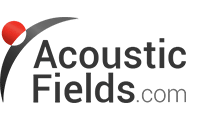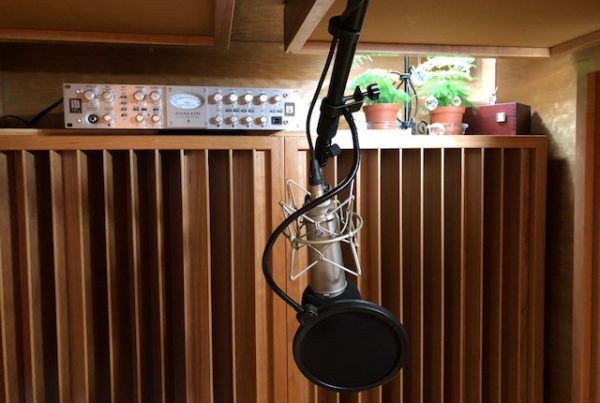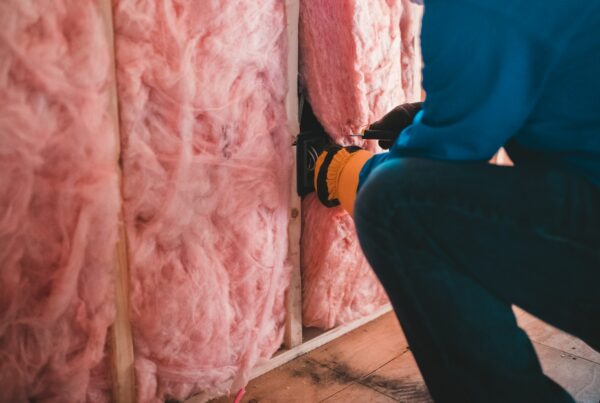A practice room would be an interesting room to acoustically treat. We have never treated one. I guess we would need to first ask vocal practice room or instrument practice room. I believe they would need to be treated the same for some frequencies but use a different treatment for other frequencies. I think I would have to listen to the untreated room with vocals and instruments playing. A voice is really another instrument.
A vocal practice room would have a frequency range of 150 Hz. – 300 Hz. for male vocals and 200 Hz. – 500 Hz. for female vocals. Reflection control from practice room boundary surfaces whether vocal or instrument must be dealt with. Reflection control is necessary, so the singer or player can hear themselves well enough to practice and hopefully improve. Absorption for all reflected frequencies would work for vocals especially if recording was used. Most microphones do not like numerous reflections.
An instrument practice room must control reflections, but I believe some diffusion is necessary to add a more realistic sound to the player’s ears. Diffusion would be necessary on the rear wall, so that the “front image” would appear and feel more lifelike. Certain instruments that have low frequency generating strings such as the case of acoustic bass, must have a practice room that has low frequency transient control in the proper amount with absorption rate and level properly balanced. Diffusion and absorption are two acoustical tools that are used in an instrument practice room.





